October Walking Tour - Maiden Grass, Miscanthus sinensis
Native to East Asia, maiden grass (Miscanthus sinensis) produces silvery tassel-like flower plumes in late August that give us a hint that the end of summer is coming soon, to be followed by the arrival of fall.
Growing up in Japan, I remember seeing them everywhere, creating a sea of grasses. When the strong fall winds blew over them in open spaces it looked like continuous ocean waves. Because of their toughness and availability in the market, maiden grass is a very popular ornamental grass that is seen everywhere in U.S. landscapes, such as in gardens, parking lots and even in the medians of busy streets.
‘Morning Light’ is a popular cultivar with a fine foliage texture and an early blooming habit. It is an ideal companion with chrysanthemums, asters and other fall flowering garden plants.
I planted a group of the Japanese cultivar ‘Yaku Jima’ around the moon-viewing deck in the Japanese Garden and enjoy their delicate and thin variegated foliage.
‘Zebrinus’, commonly called zebra grass, is another popular cultivar with long leaves with banded gold variegation, which resembles some tropical foliage.
Most maiden grass cultivars are easy to grow in the garden. They prefer a sunny spot with average garden soil and less than 1 inch per week of water after established. Because they usually grow 5 to 6 feet tall in the short time from spring to summer, it is a great way to add height in your garden beds or hide something undesirable such as an ugly shed or your neighbor's broken car. Even after their vegetative parts die in late fall, maiden grass can be left standing in the garden through winter until they begin to look shabby, as they sustain an attractive tawny color and stand up strong.
In its native habitat in Japan, Miscanthus sinensis can grow in poor soil, such as the rocky soil of Japanese mountains, as they can uptake silicic acid from poor soil, which makes plant’s leaves and stems strong and hard. That is why maiden grass is very flexible can be used to lay traditional thatched roofs of Japanese farmhouses. However, it is dangerous to work with this grass without wearing thick garden gloves as they can cut your skin with their leaves and stems’ razor-sharp edges.
During the traditional Fall Moon Viewing 月見 (tsukimi) in Japan, maiden grass 薄 (susuki) plays an important role. On the night of the full moon 十五夜 (‘Jugoya’ means 15th night), people offer a bouquet of maiden grass to the full moon, showing their appreciation of a good harvest year.
You can see the following cultivars in the Gardens:
- Miscanthus sinensis ‘Morning Light’ grows along York Street in front of the Bonfils-Stanton Visitor Center and the Japanese Garden
- Miscanthus sinensis ‘Yaku Jima’ lives in the Japanese Garden
- Miscanthus sinensis ‘Zebrinus’ is planted in the Ornamental Grasses Garden
Gallery
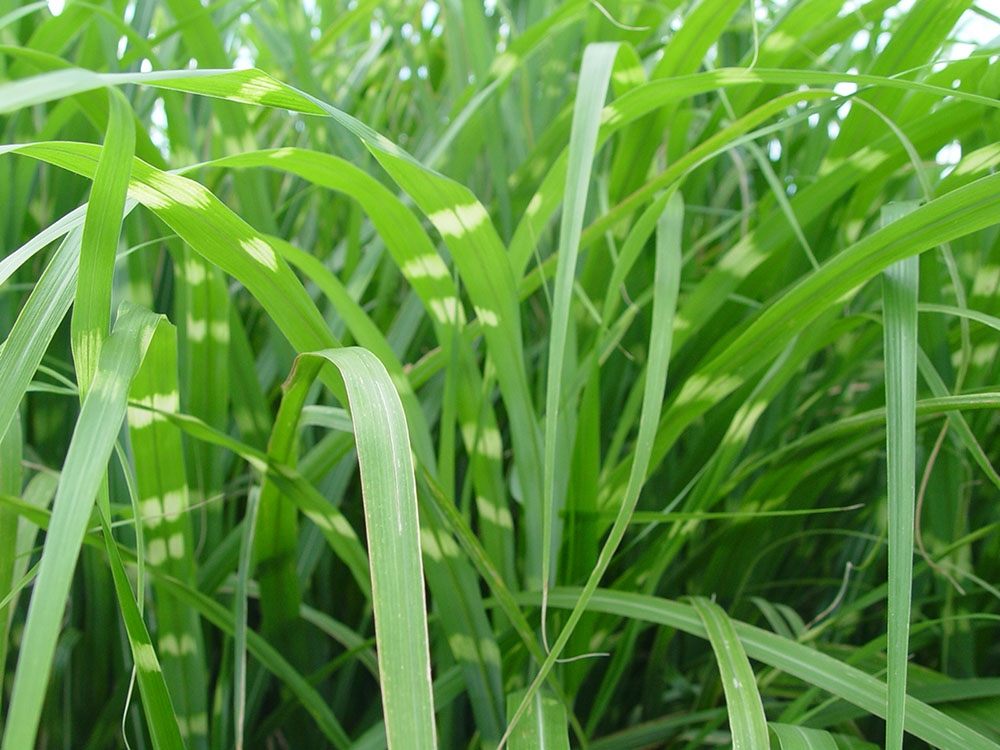
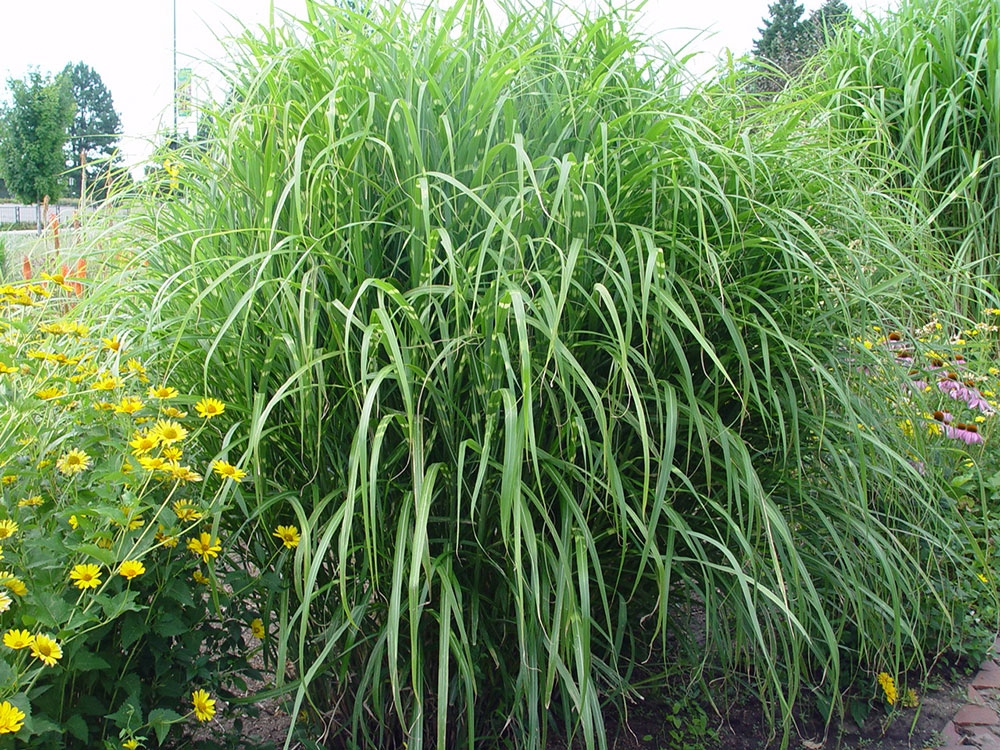
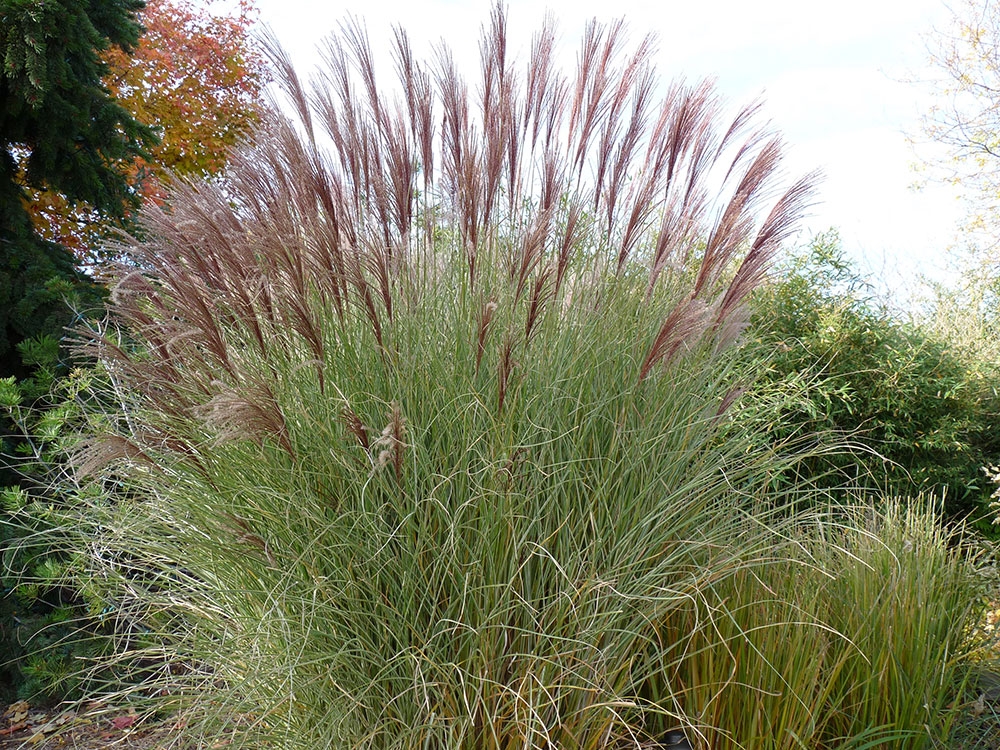
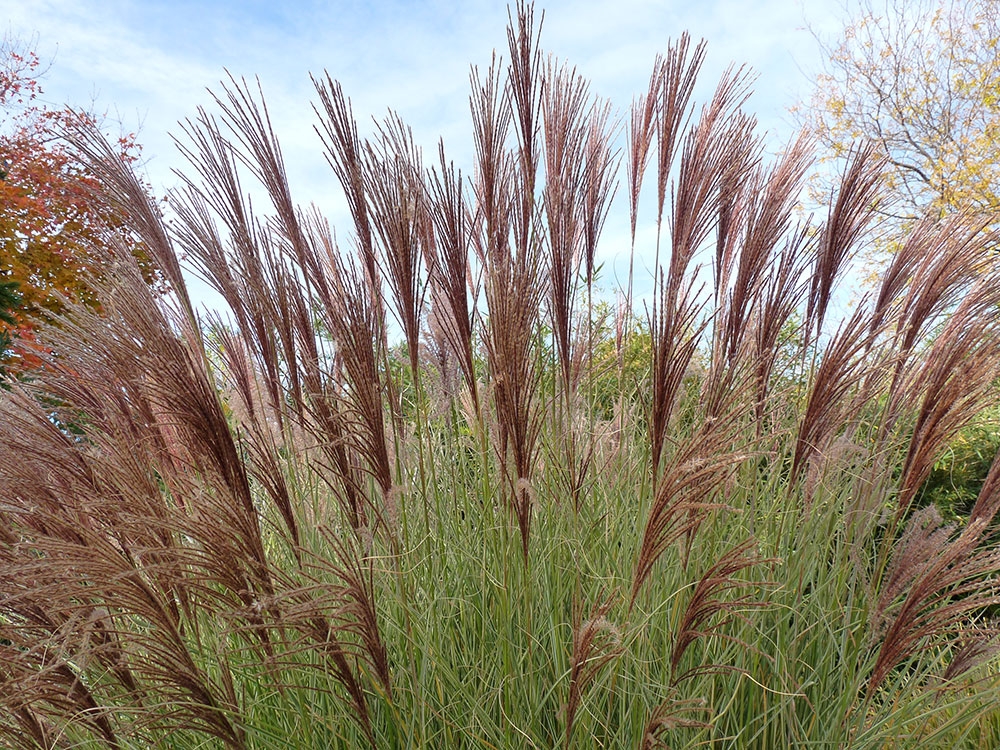
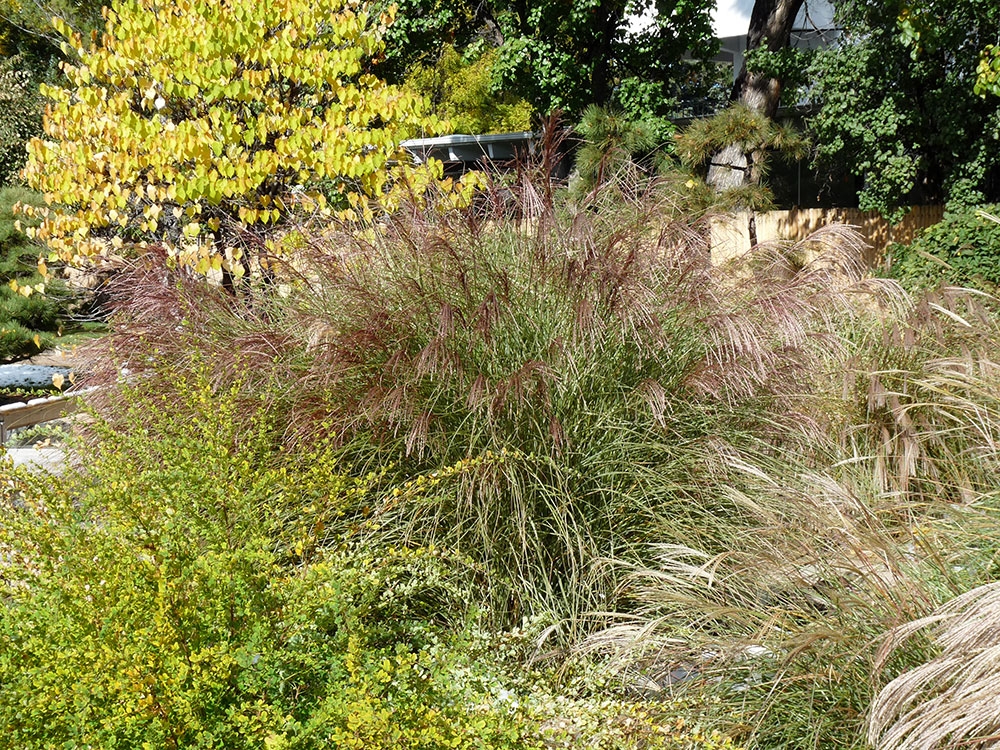
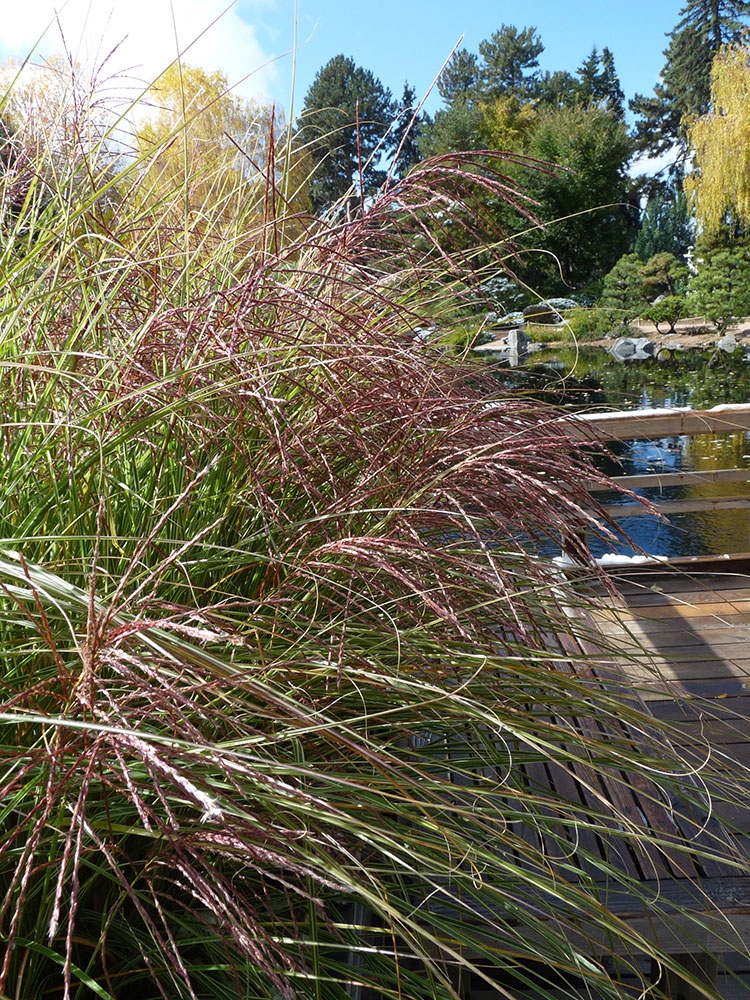
Add new comment